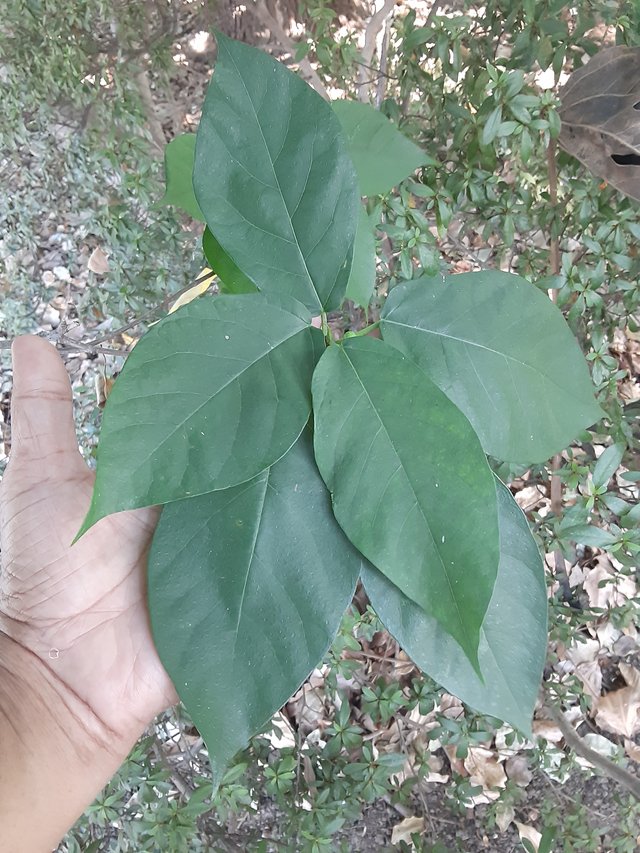
Ficus erecta is a deciduous shrub or small tree native to eastern Asia. It is also known as the Japanese fig, upright fig, or Chinese fig. The leaves are narrow oval to elliptical, 10-20 cm long and 3-7 cm wide. The base is slightly heart-shaped or rounded.
The leaves are thin and grassy, with a smooth or hairy surface. The flowers are small and inconspicuous, produced in clusters. The fruit is a fig, about 1-1.3 cm in diameter, that turns from green to purple-blue when ripe.
The leaves of Ficus erecta have been used in traditional medicine for a variety of purposes, including treating diarrhea, dysentery, and fever. They have also been used to make a tea that is said to be helpful for reducing inflammation and pain. However, it is important to note that there is limited scientific evidence to support the use of Ficus erecta leaves for medicinal purposes.
If you are considering using Ficus erecta leaves for medicinal purposes, it is important to talk to your doctor first. They can help you determine if this is the right treatment for you and can advise you on how to use the leaves safely.
Here are some additional facts about Ficus erecta:
- It is a fast-growing plant that can reach a height of 7 meters.
- It prefers moist, well-drained soil and full sun to partial shade.
- It is relatively pest- and disease-resistant.
- It is a popular ornamental plant and can be grown in containers or in the ground.
Ref.:
 |  |
Upvoted! Thank you for supporting witness @jswit.
Downvoting a post can decrease pending rewards and make it less visible. Common reasons:
Submit